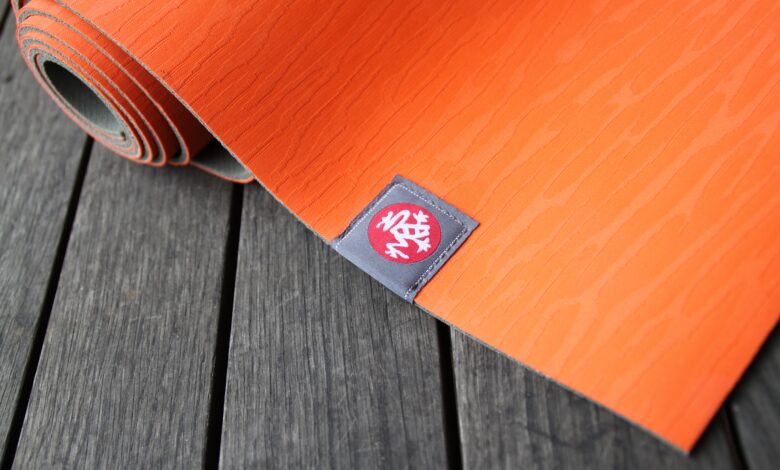Top Five Uses for Swarf Mats

Swarf mats are an extremely useful floor covering in many different environments. They are designed to catch and hold dropped debris (swarf), making the area more comfortable and safe. There are a few different swarf mat designs, each manufactured to meet specific requirements, and we’ve compiled this handy top five to give a better idea of how to use them.
1. Metallic swarf mats
This is the original rubber swarf mat, designed for metalworkers and lathe operators, because metal filings and flakes can quickly build up on the floor and become a slip hazard (as well as being uncomfortable for the worker to stand on). These typically have larger holes than other types of swarf matting and collect and contain the swarf when it drops. Many of these mats will also be good at containing suds and other liquids used in machining, further improving the anti-slip features.
2. Food debris mats
These mats combine scraping and collection – preventing kitchen staff from carrying food debris with them on their feet throughout the premises. The edges of the holes in these mats are slightly raised, cleaning the soles of the shoes and containing the food particles that inevitably get dropped in a commercial kitchen environment.
3. Sticky mats
Not classically a ‘swarf mat’, sticky mats perform the same function – collecting dirt and cleaning shoes – and so we’ve included them. Sometimes known as tacky mats, these have a slightly adhesive surface that people step onto as they enter or leave a room. They collect much smaller specks of dirt than the rubber mats – dust and small particles. They are perfect for use in clean rooms, data centres, laboratories, clinics and hospitals.
For areas where wheeled traffic is expected – stretchers, trolleys, dollies, wheelchairs etc – you can use a specially designed type of tacky mat that cleans the wheels as well.
4. Oil and grease mats
These mats are designed for use in workshops, garages and kitchens that use a lot of oils and produce grease. They’re made from materials that draw these substances into the mat so the surface doesn’t become slippery, and mess doesn’t get tracked around the premises.
5. Anti-fatigue mats
Anti-fatigue mats have a slight flexibility to them, which makes standing on them for long periods more comfortable than standing on a hard floor. This is because, when we stand still for prolonged periods, our muscles and circulatory system can struggle, causing both short-term discomfort and longer-term health issues. The cushioned nature of these mats forces the person standing on them to make micro-adjustments to their stance and posture, keeping the muscles working and encouraging better blood flow. A more comfortable employee is a more engaged and productive one, so these mats are an absolute must.





